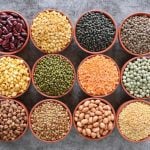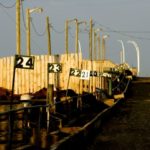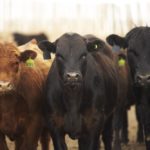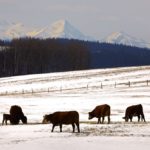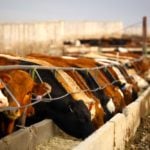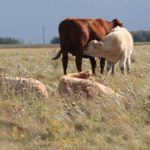Fed cattle prices were hovering in the range of $158 to $160 in mid-February, slightly lower than month-ago levels. The markets are relatively strong and I’m expecting the yearly highs to occur over the next month. First-quarter beef production is coming in marginally lower than anticipated, but supplies are building. The recent cattle-on-feed report and […] Read more
